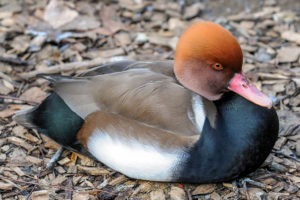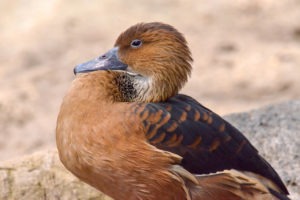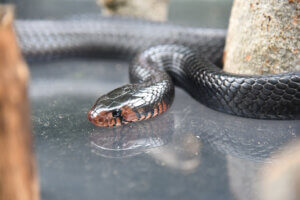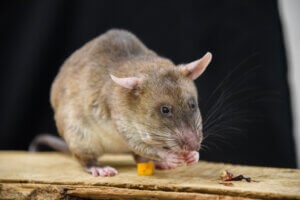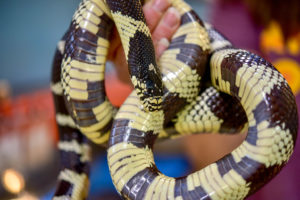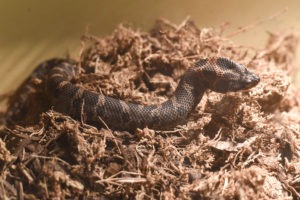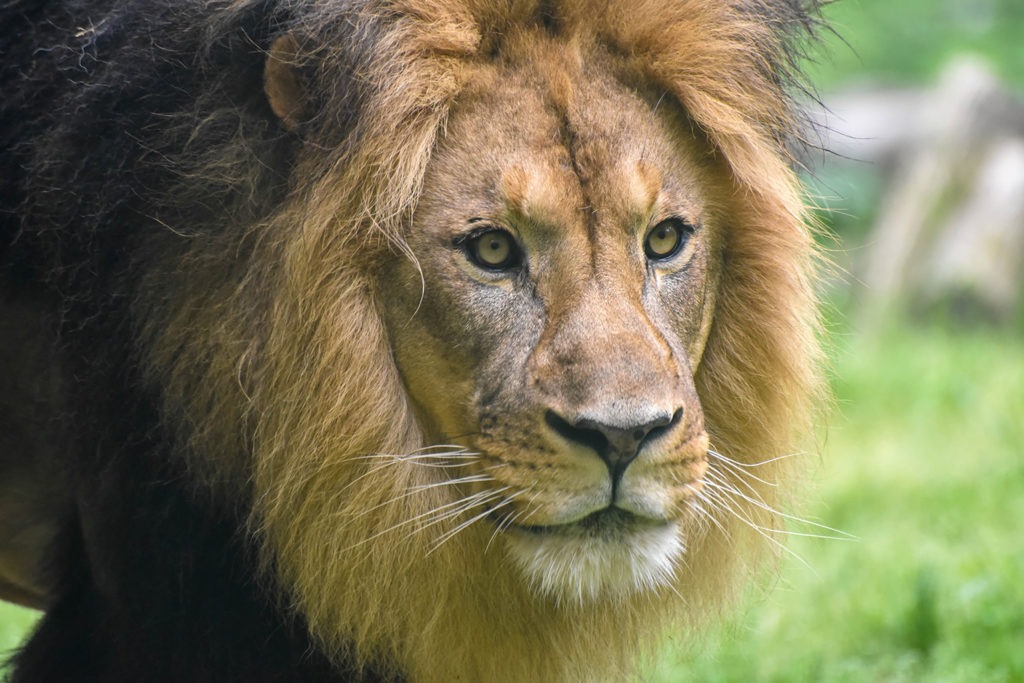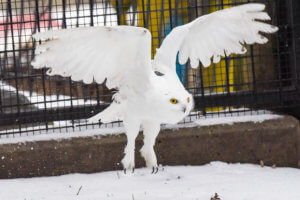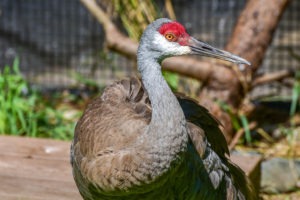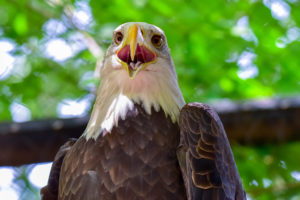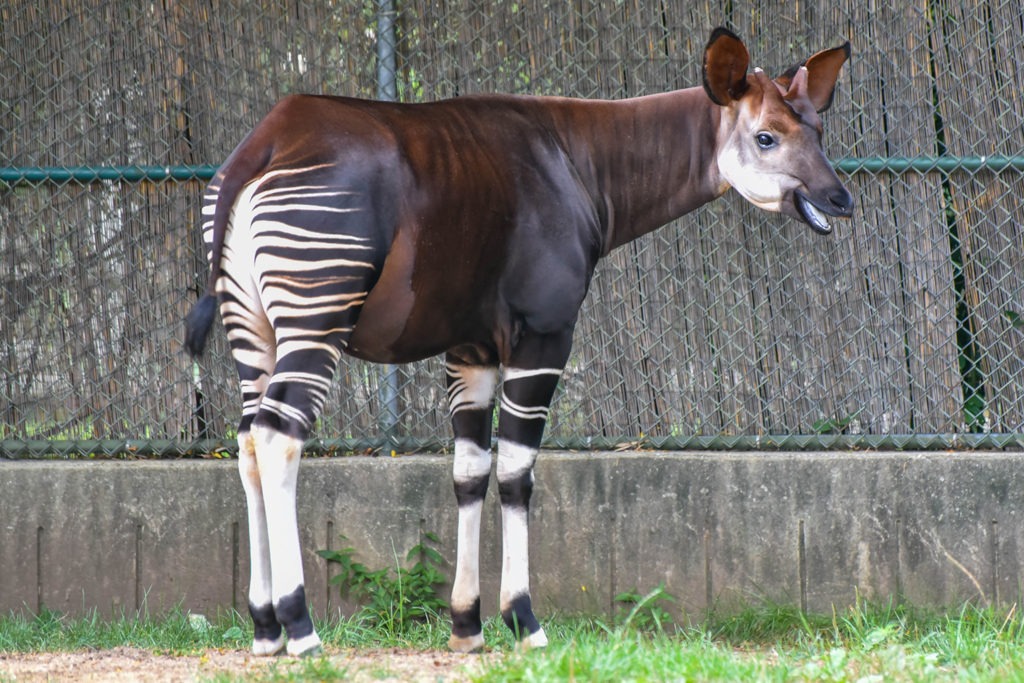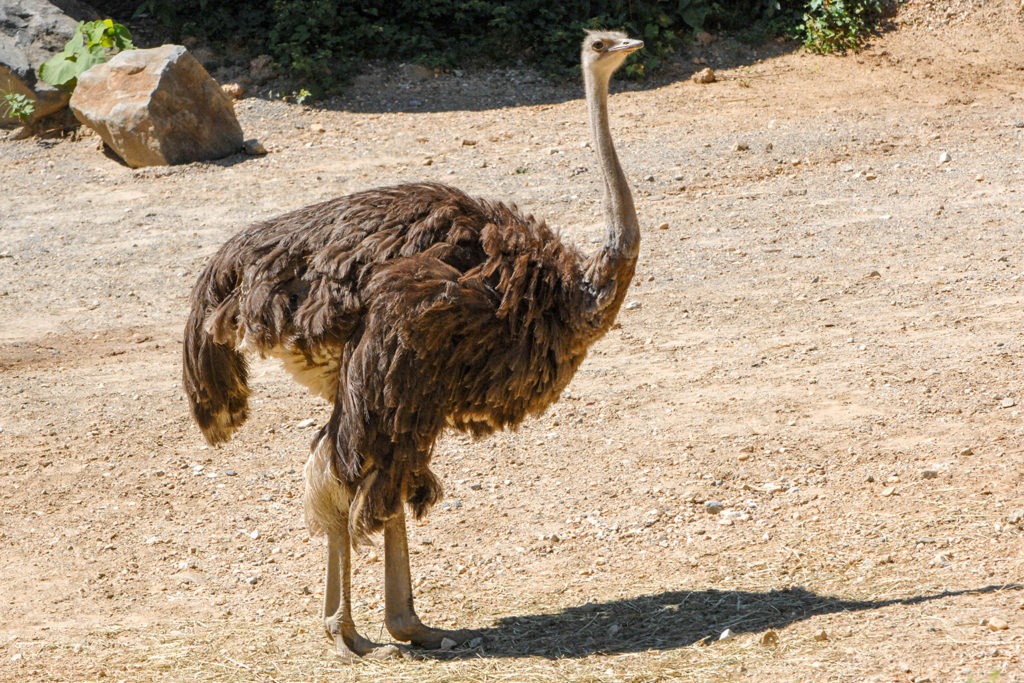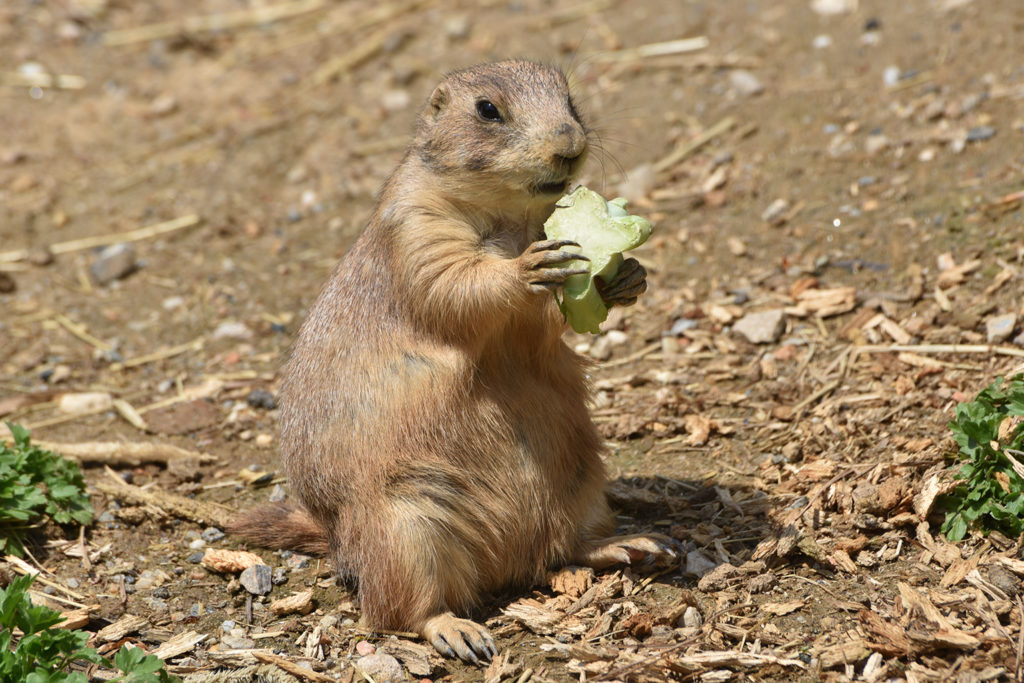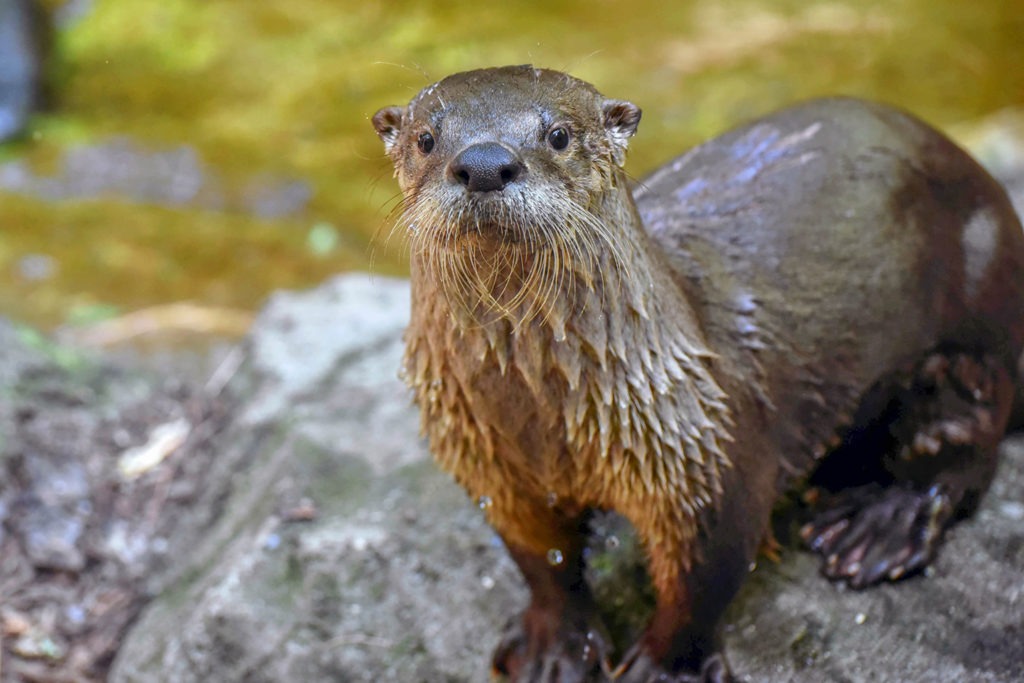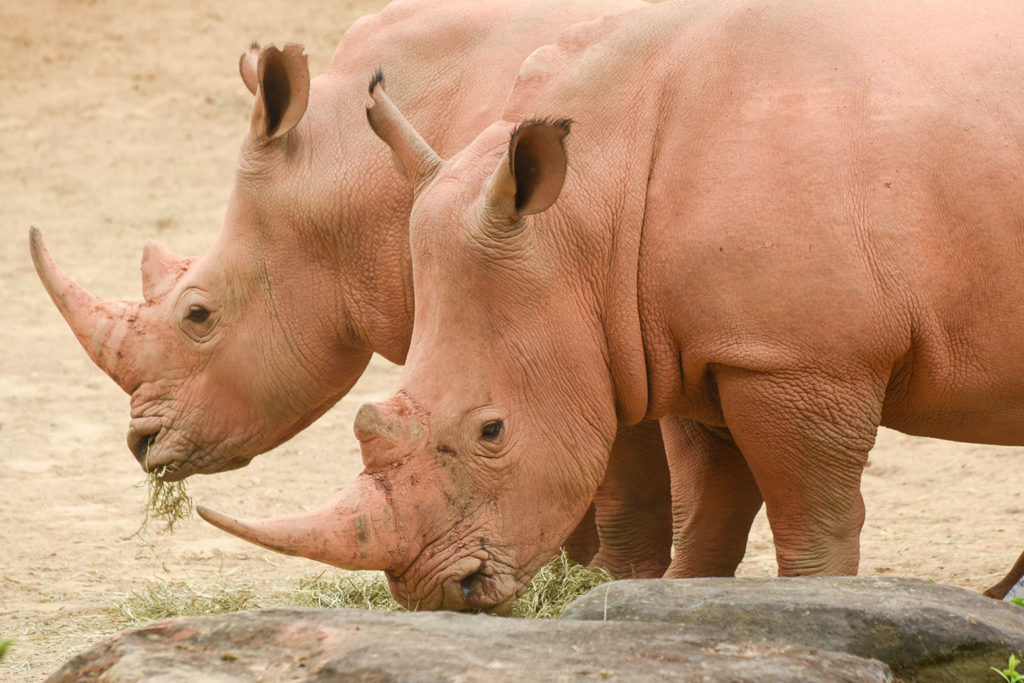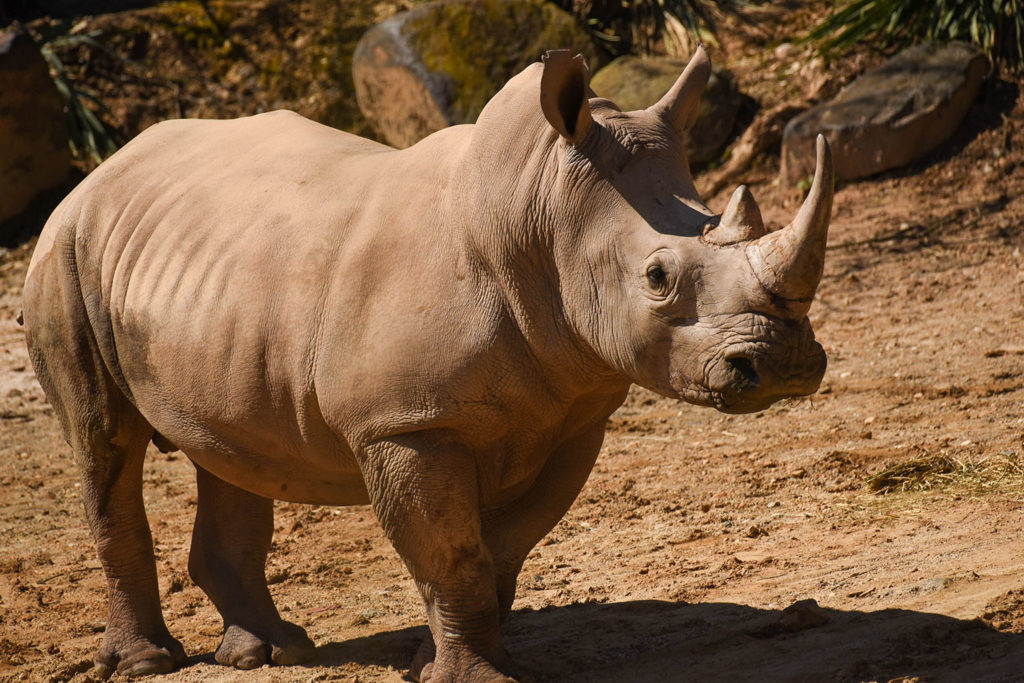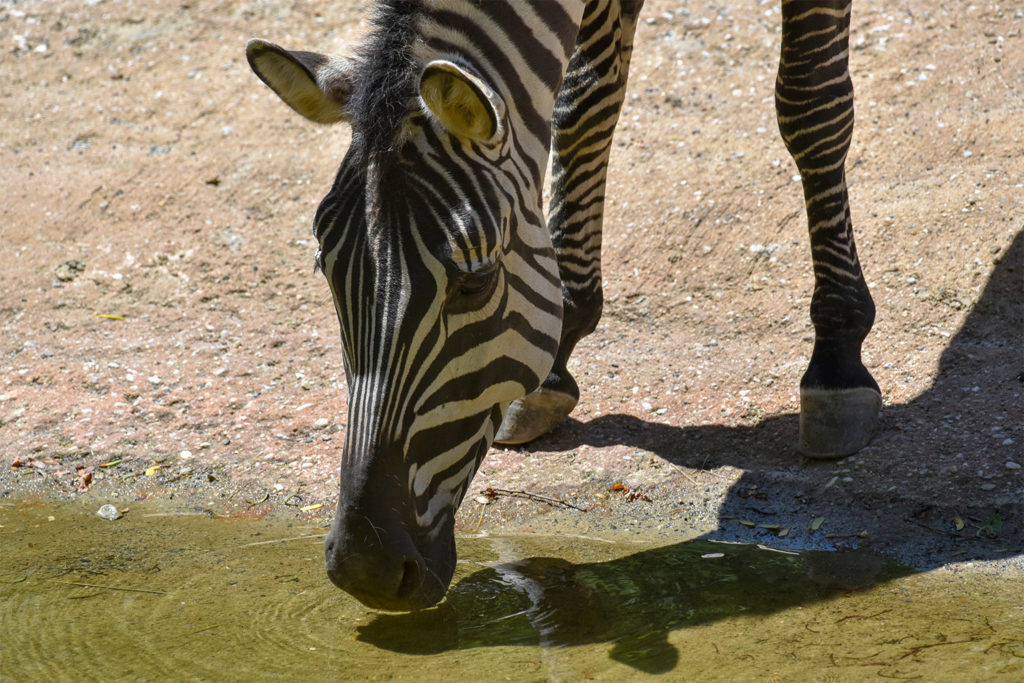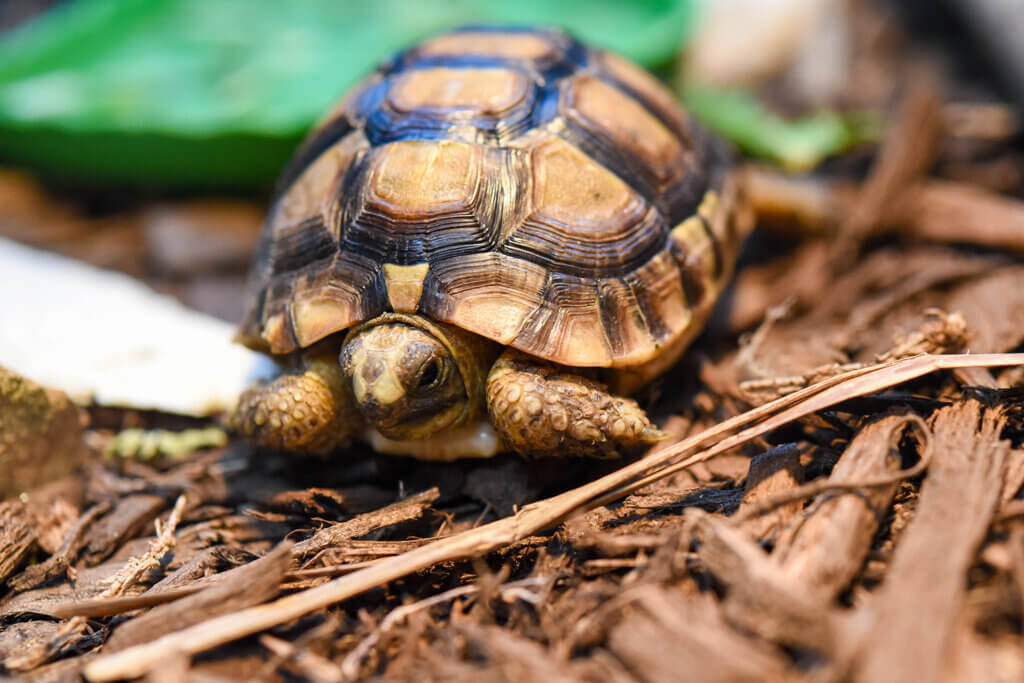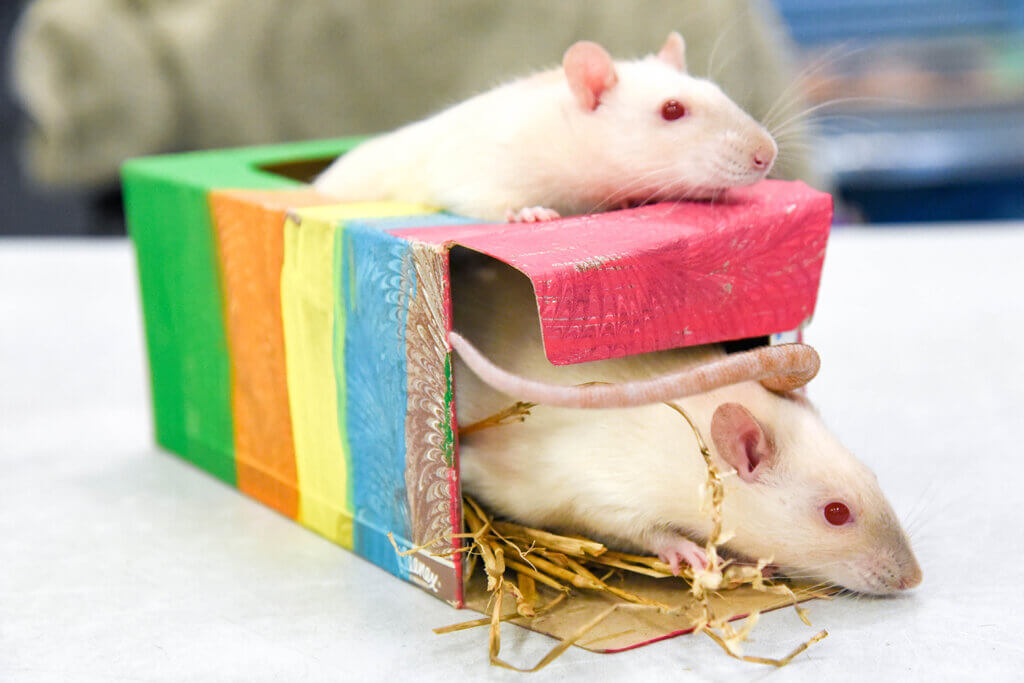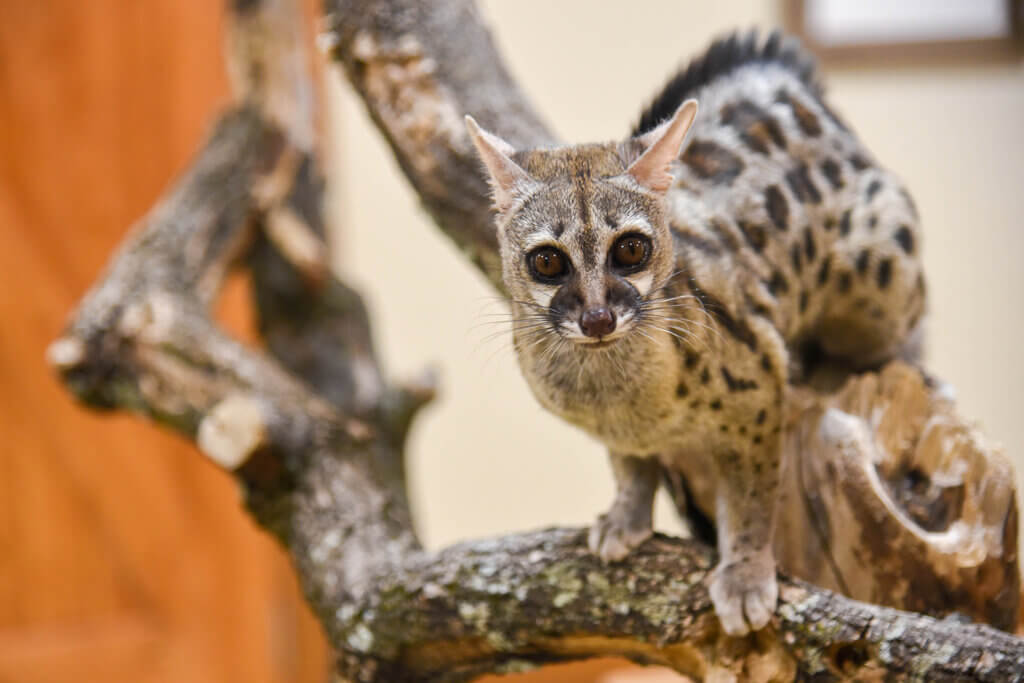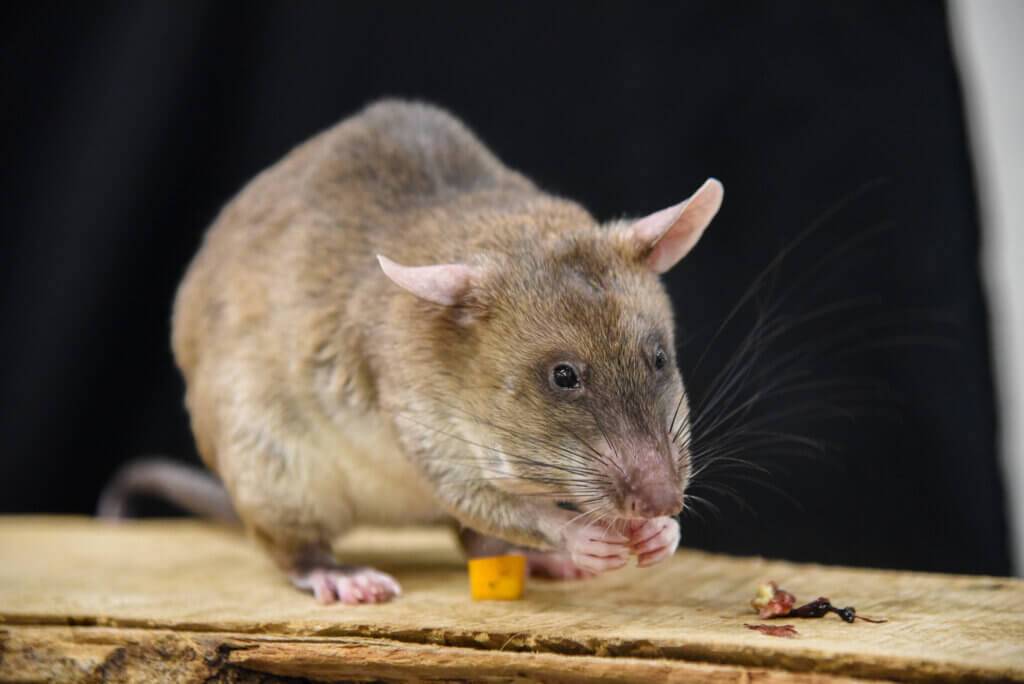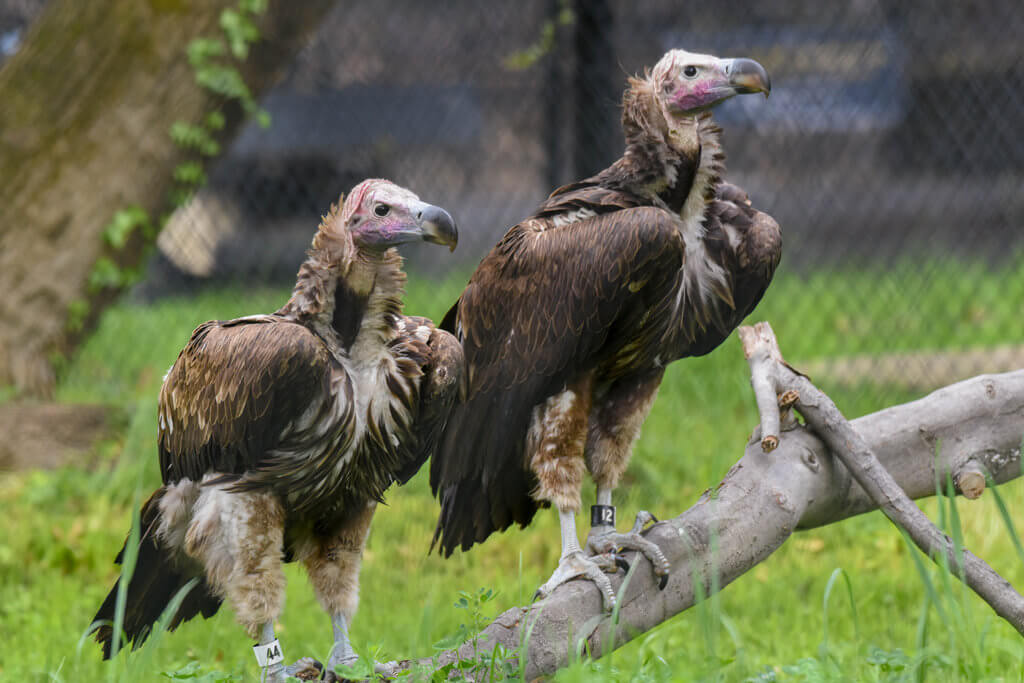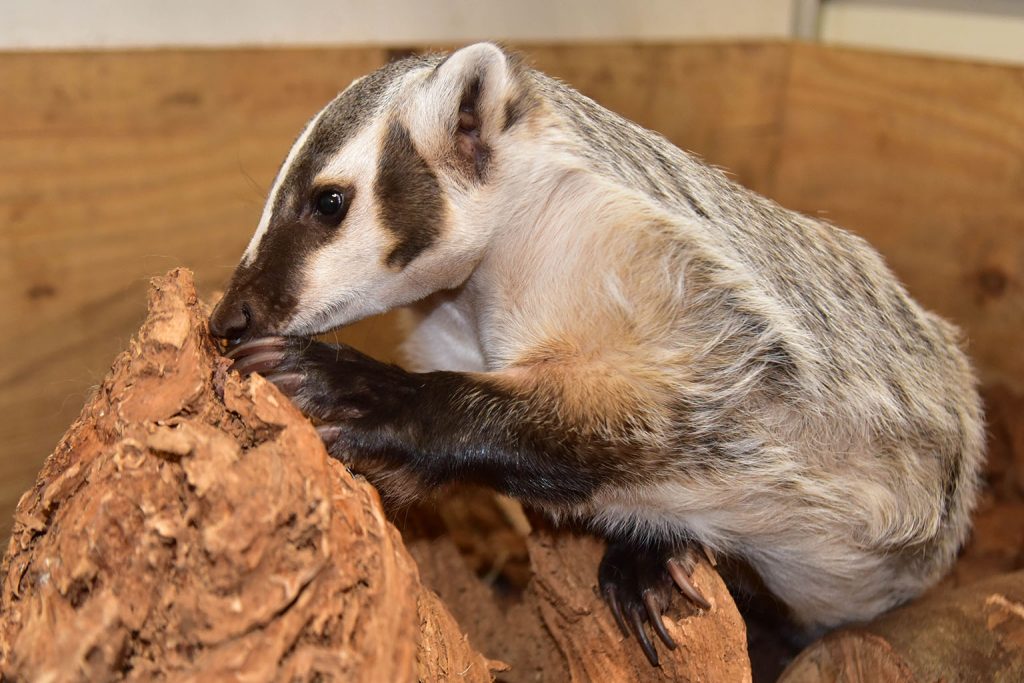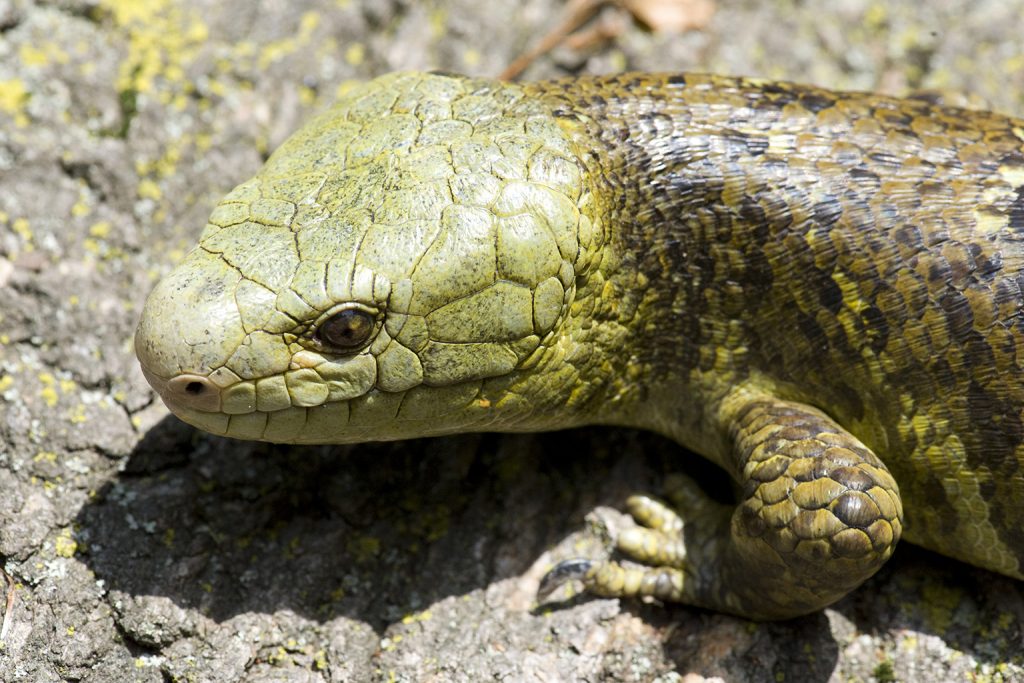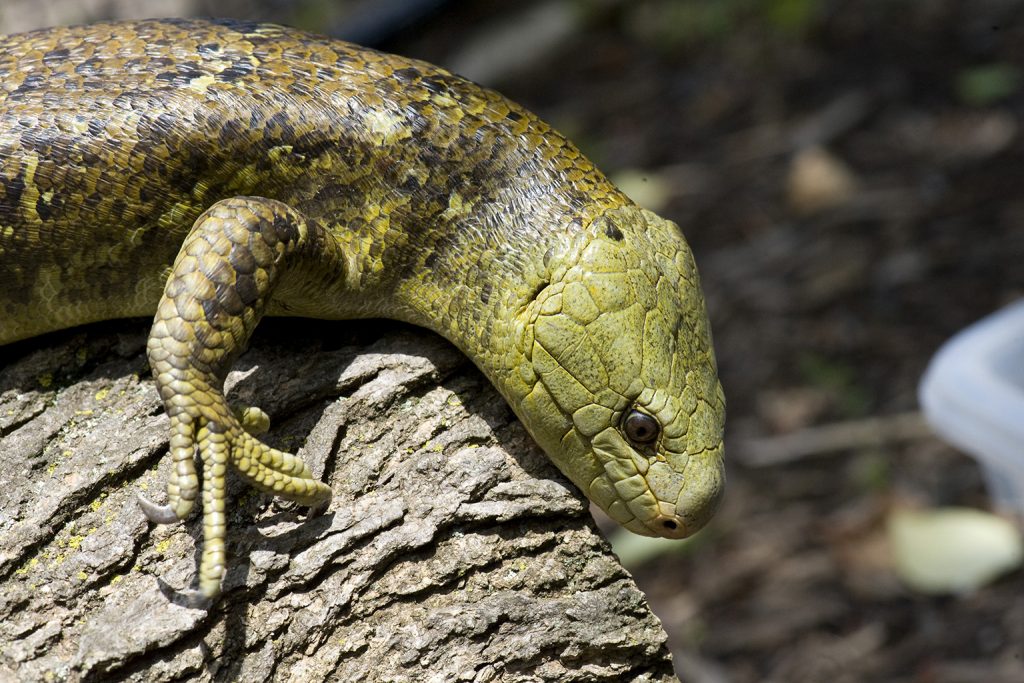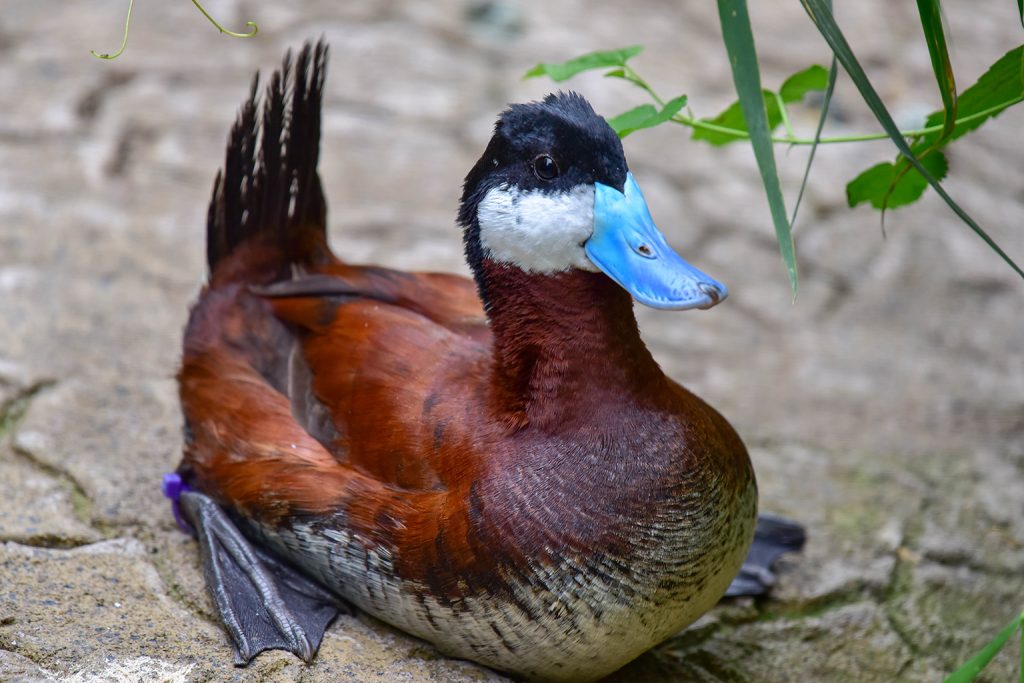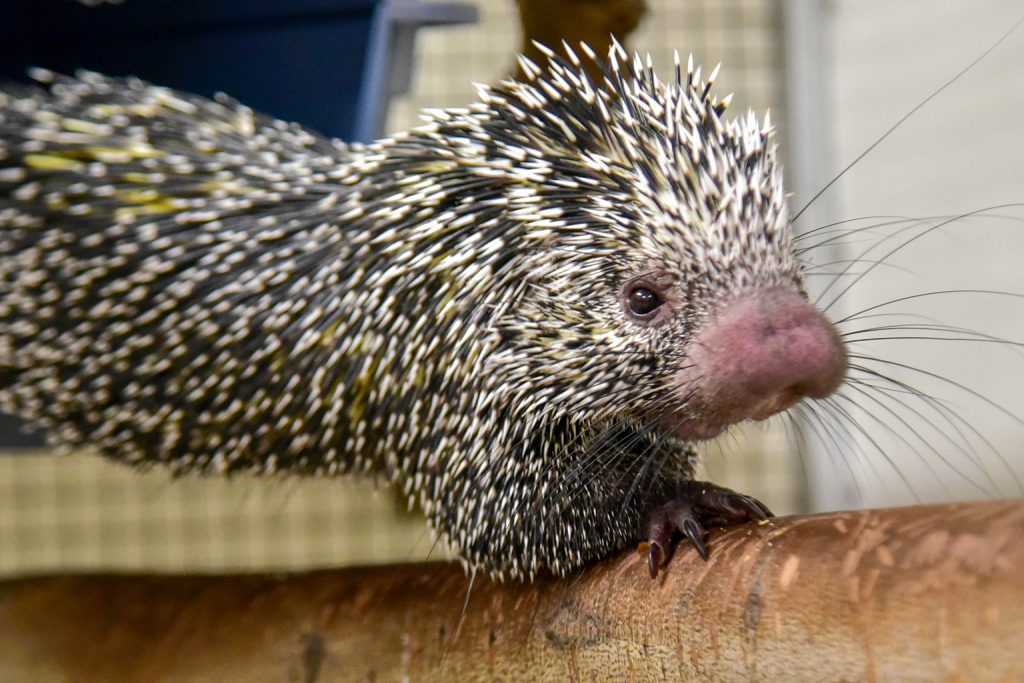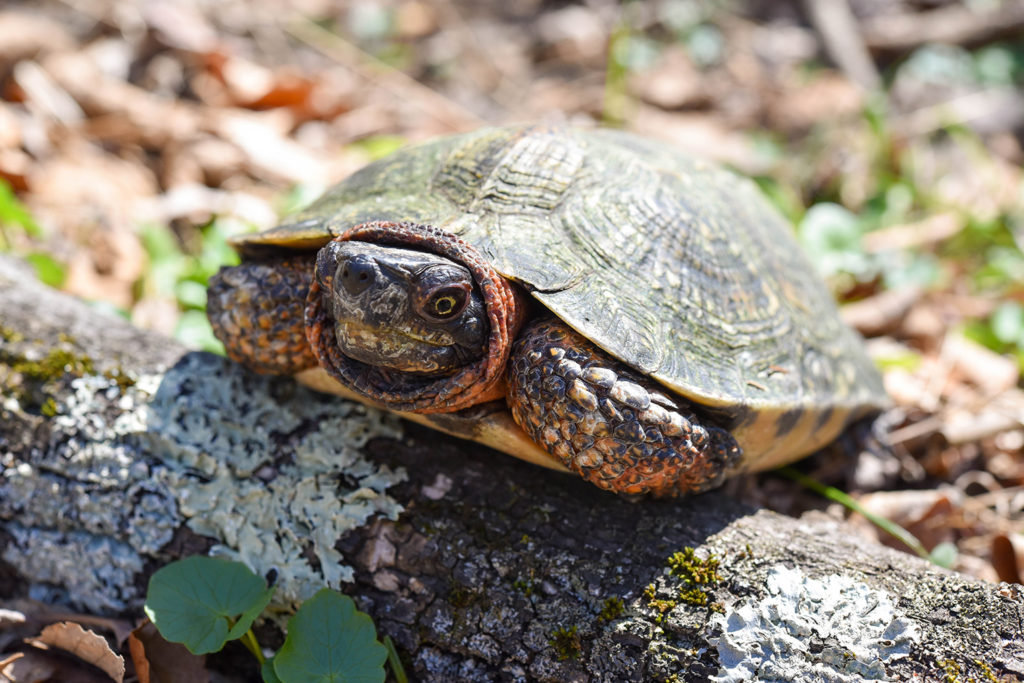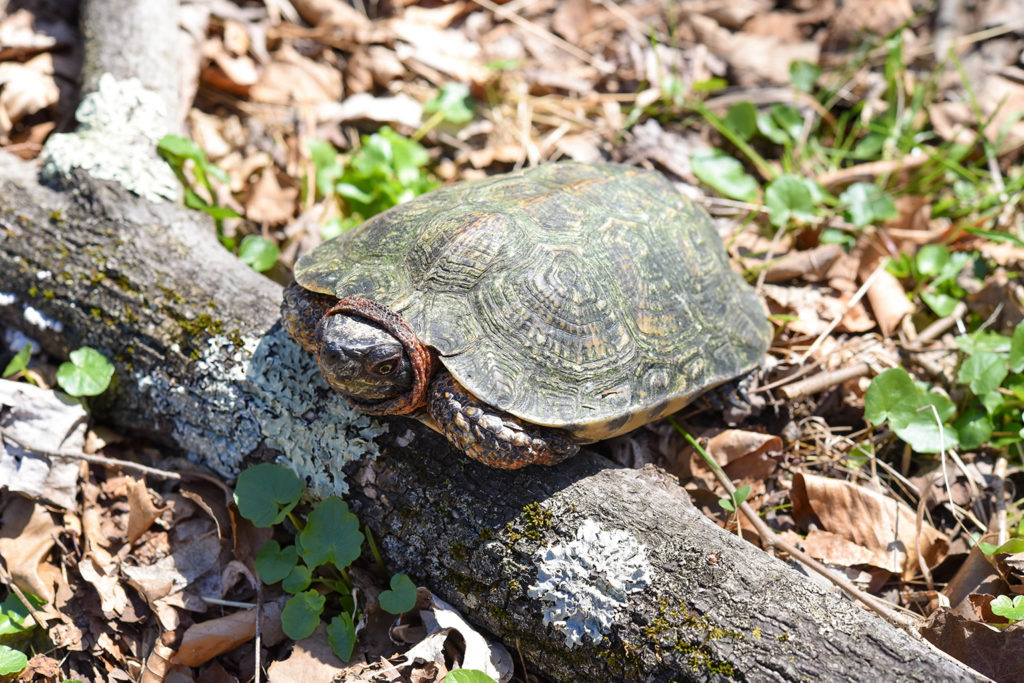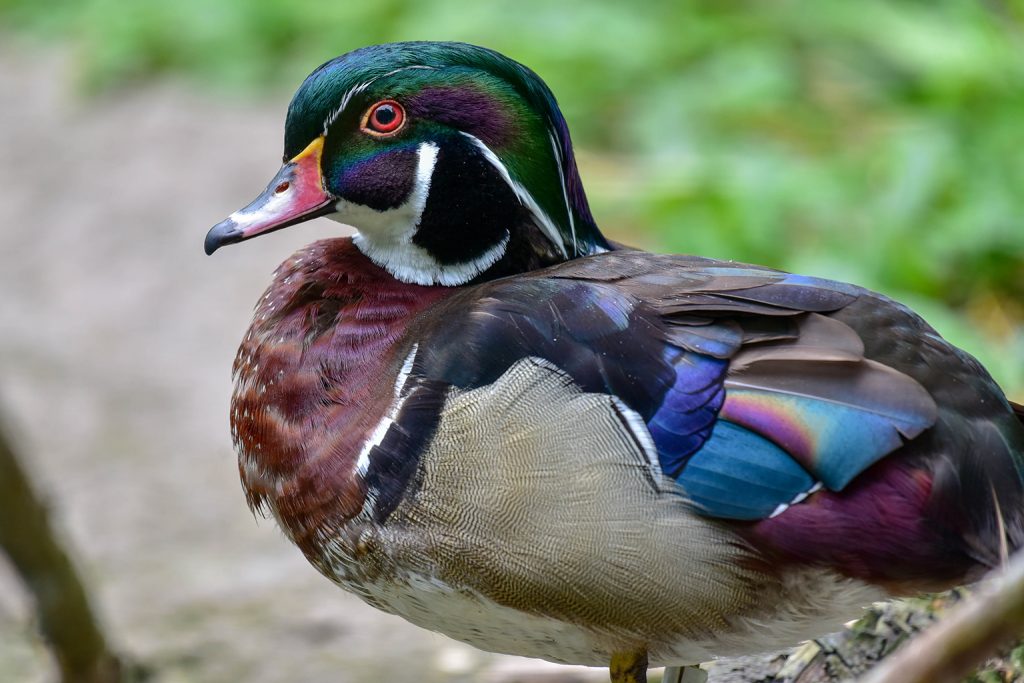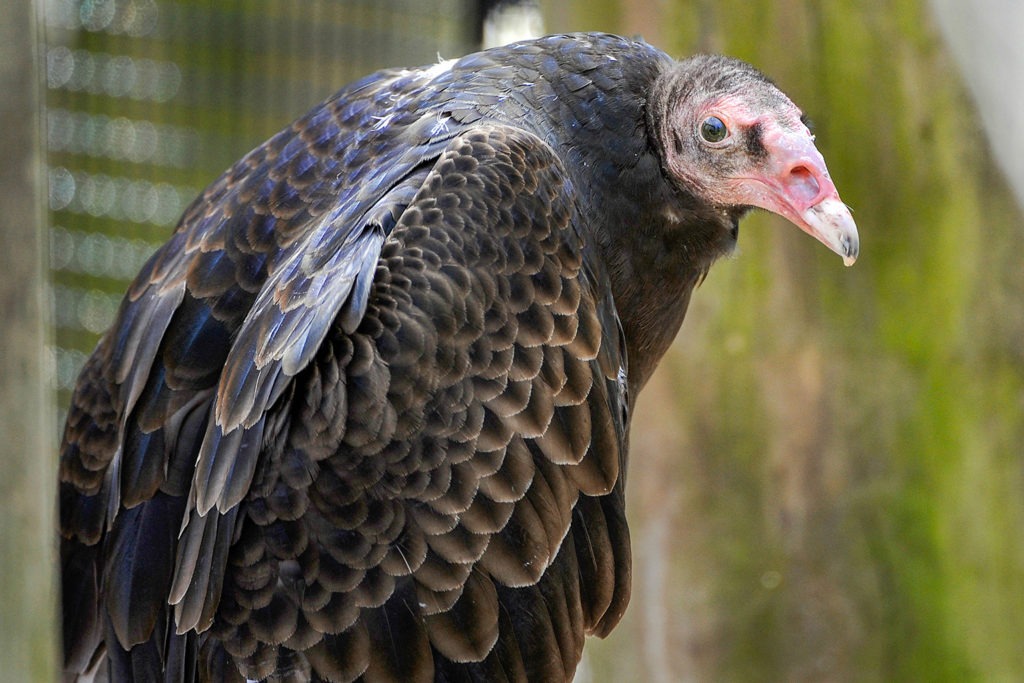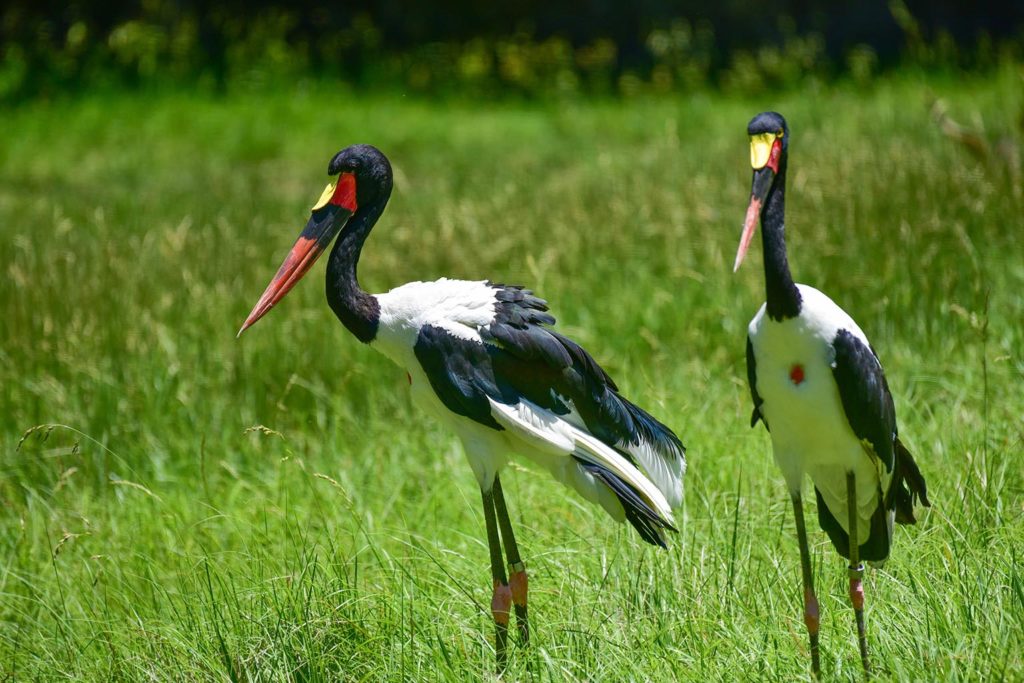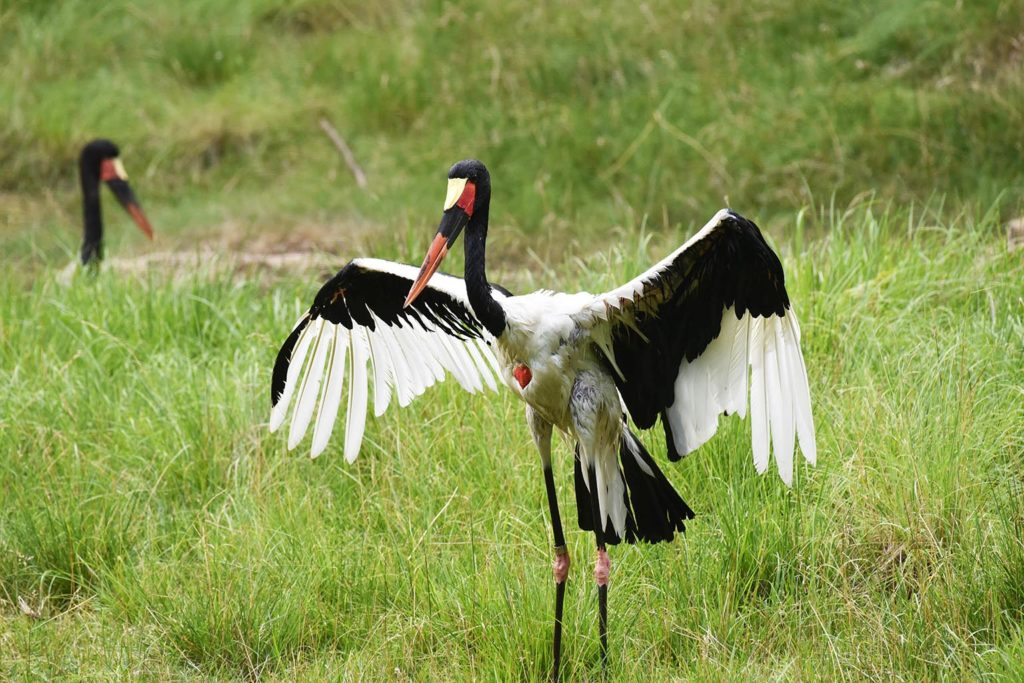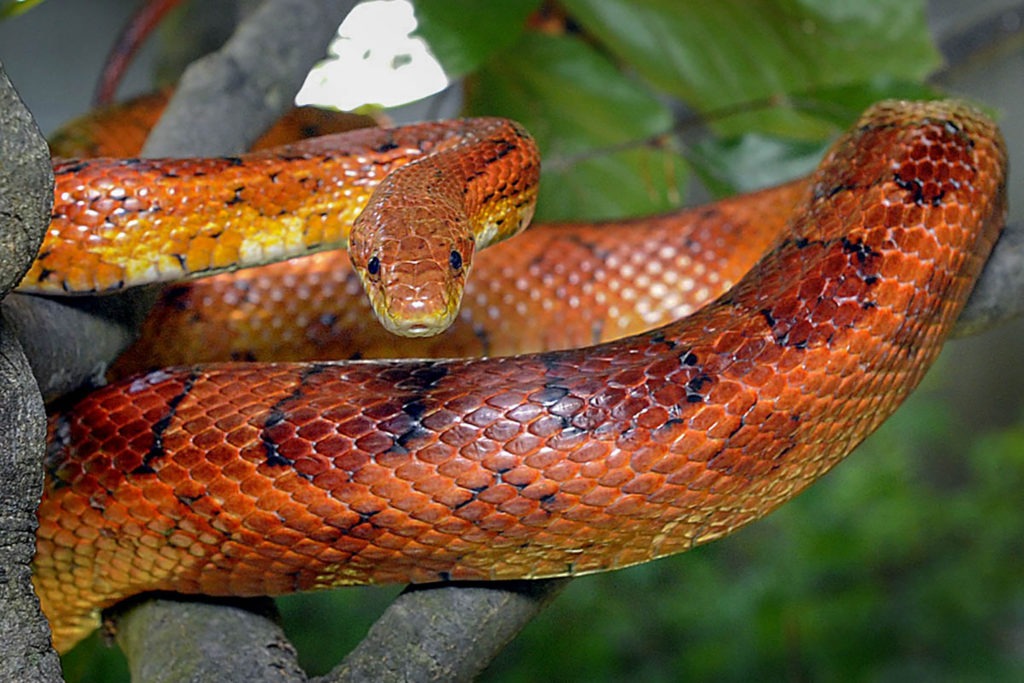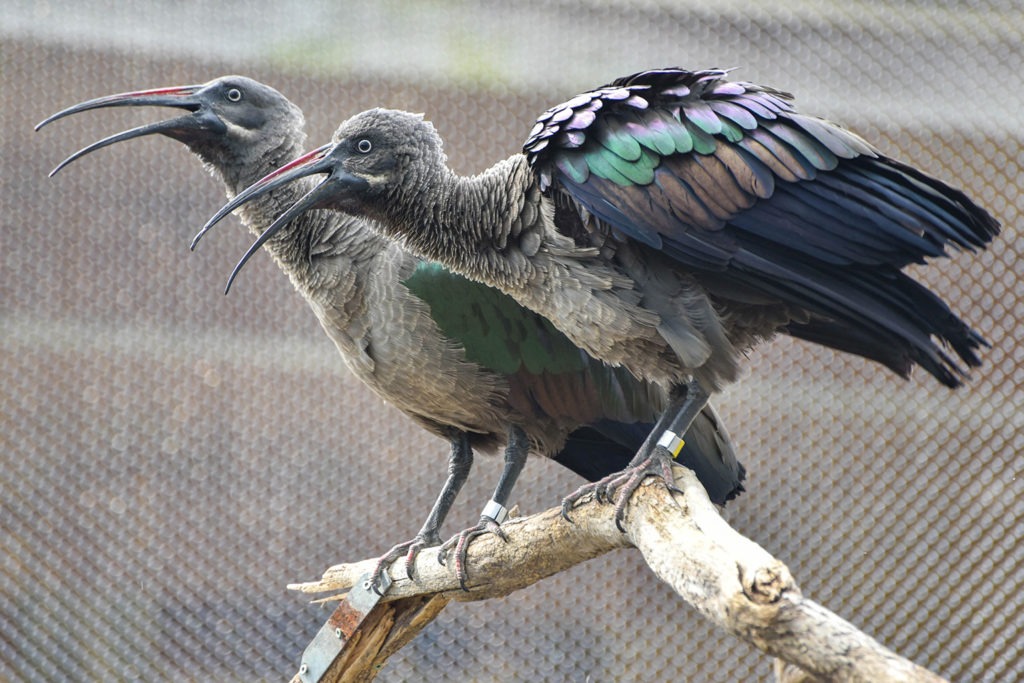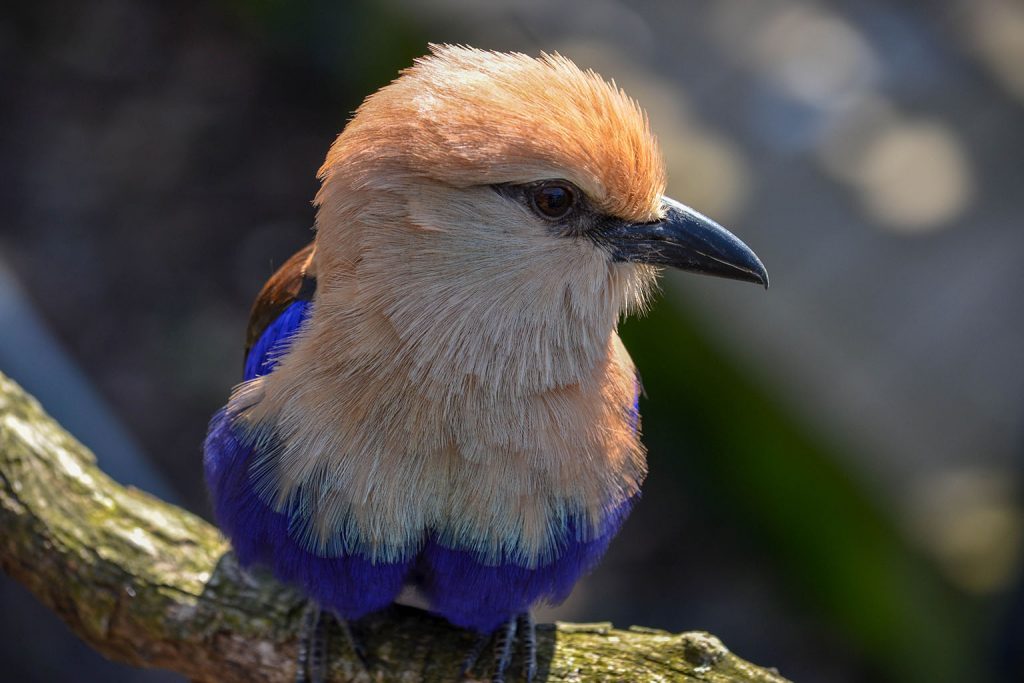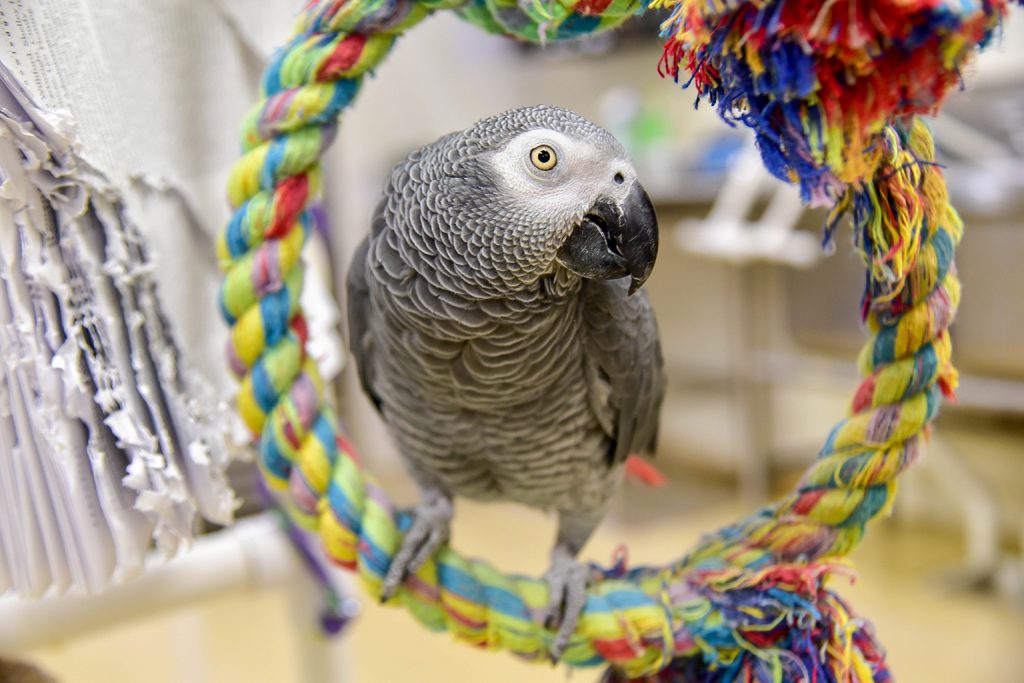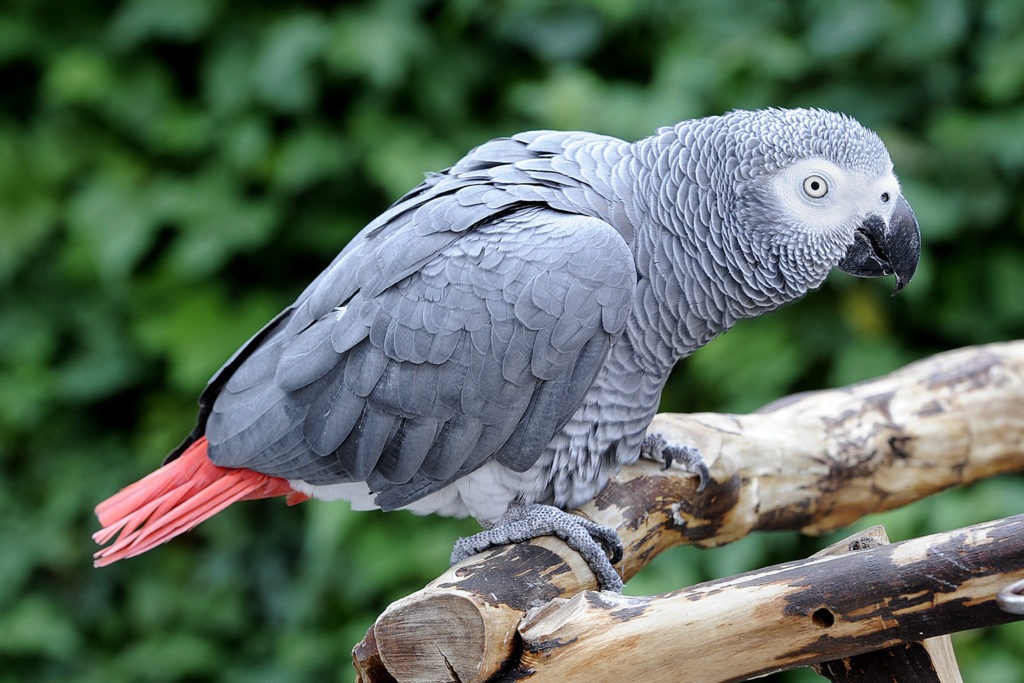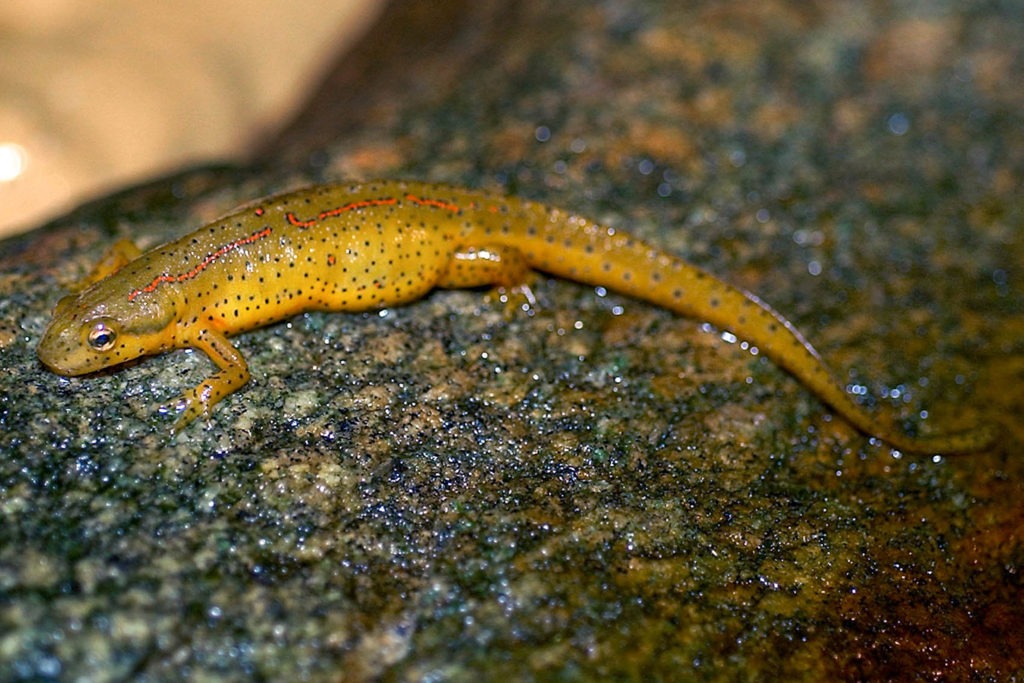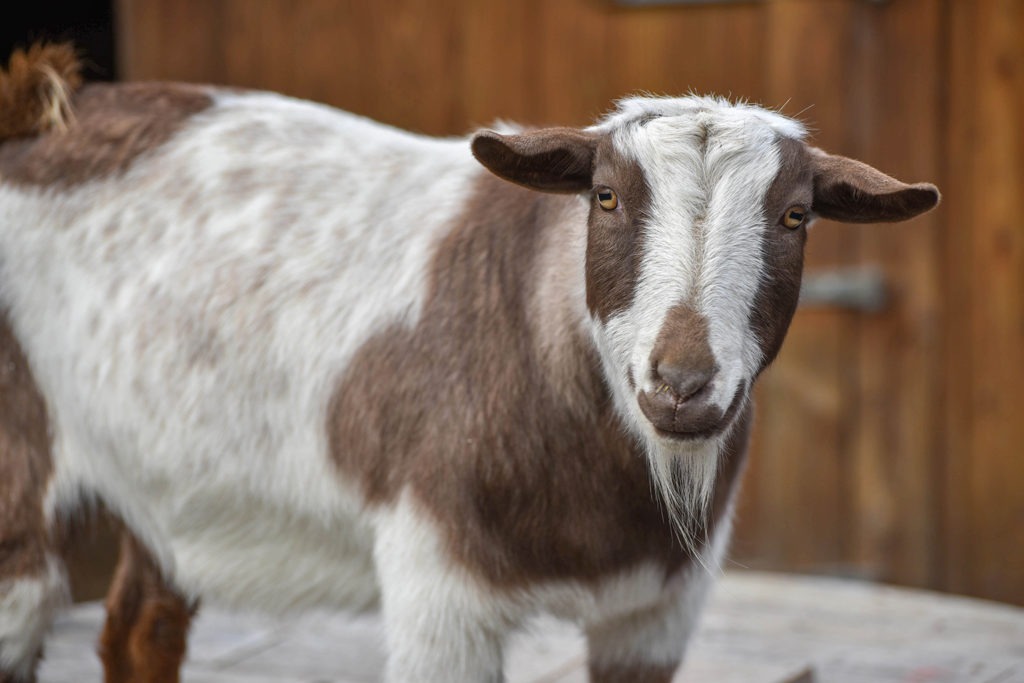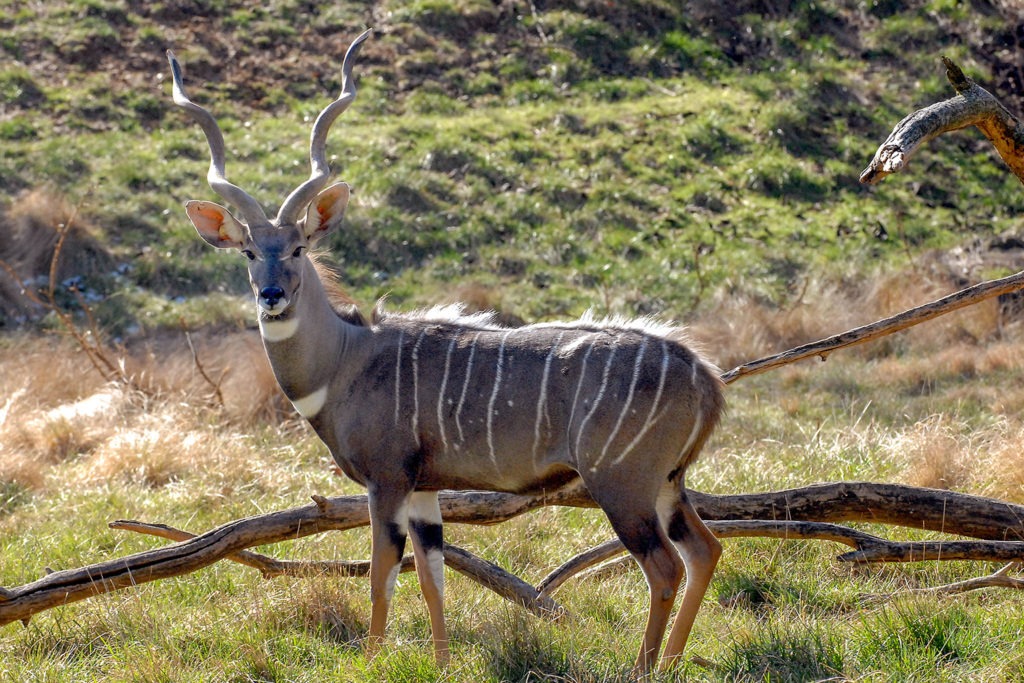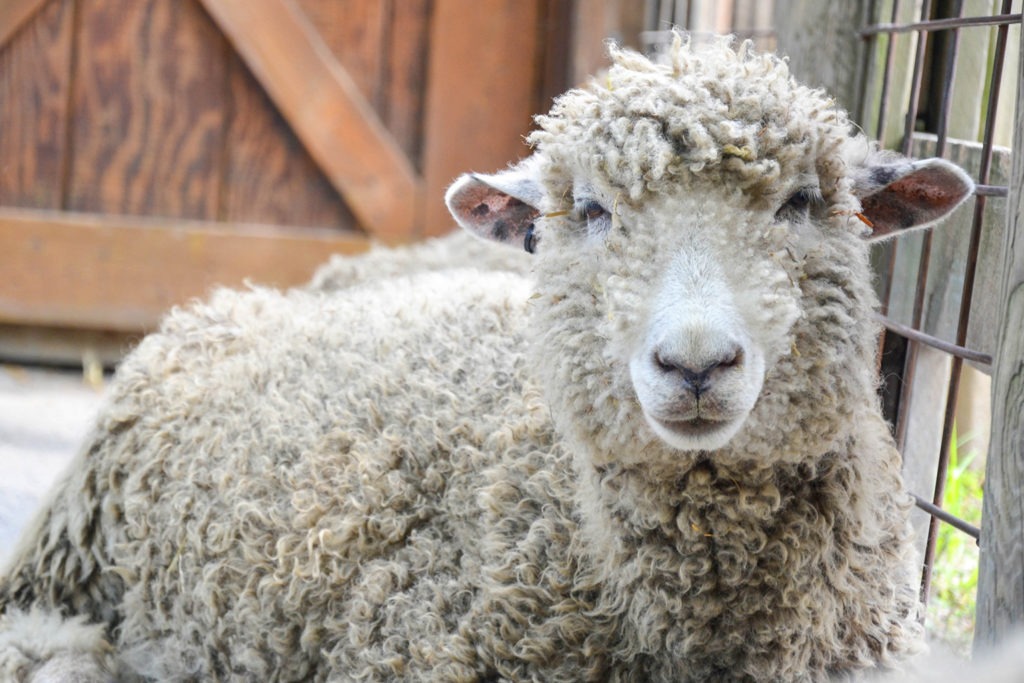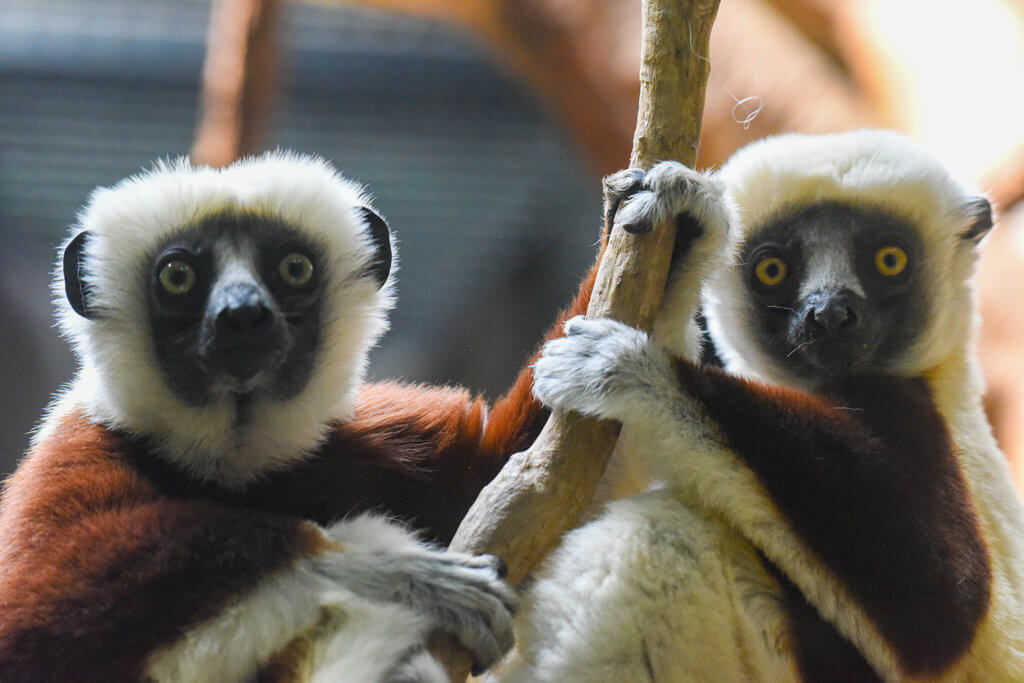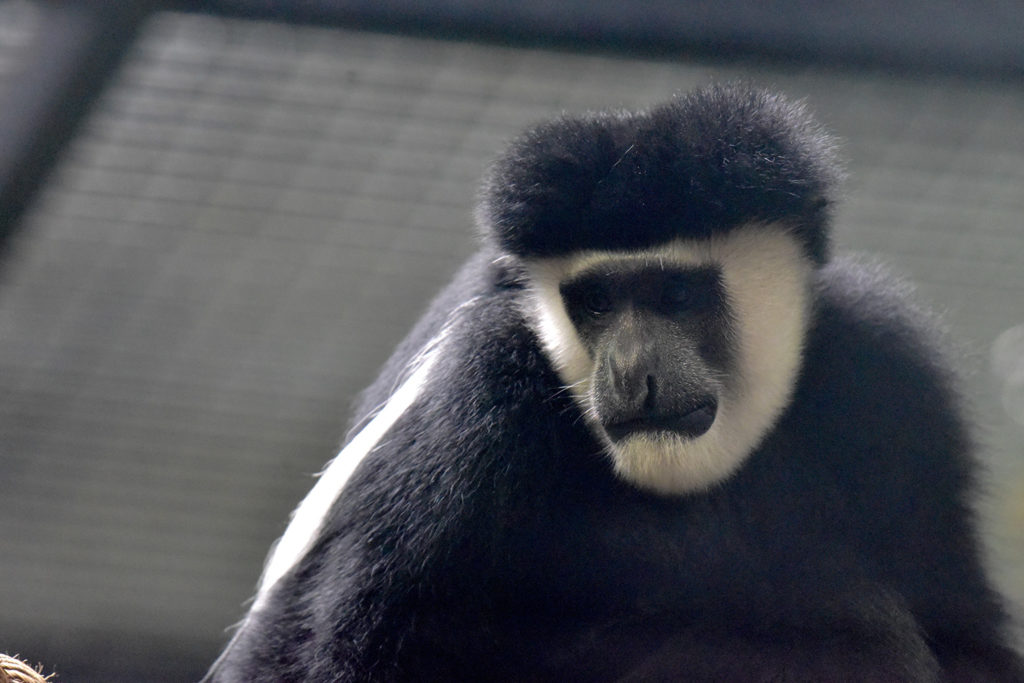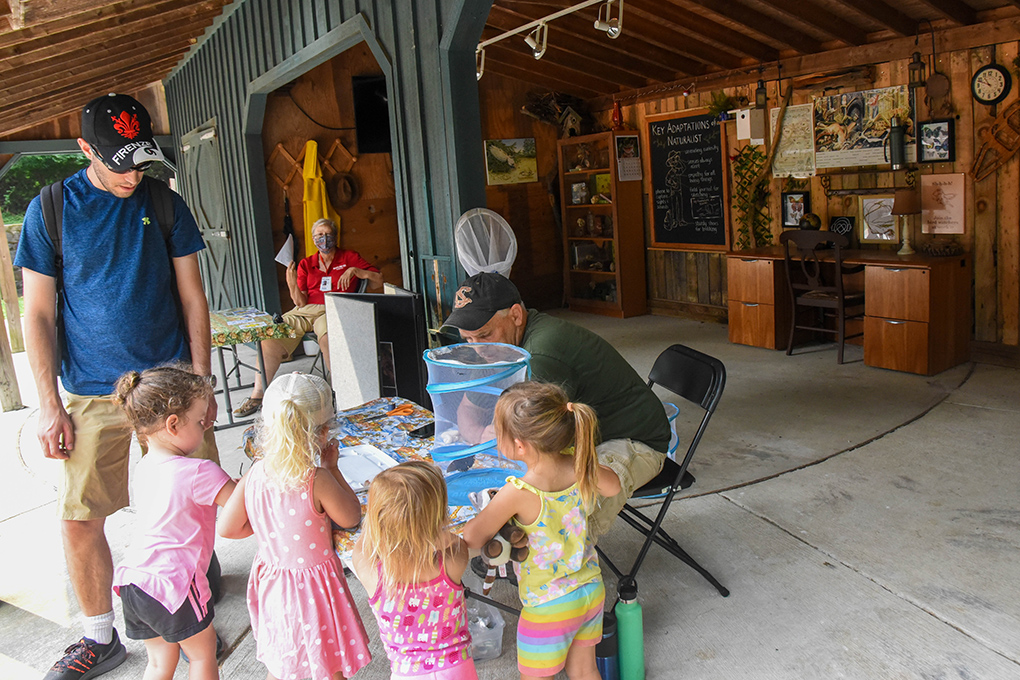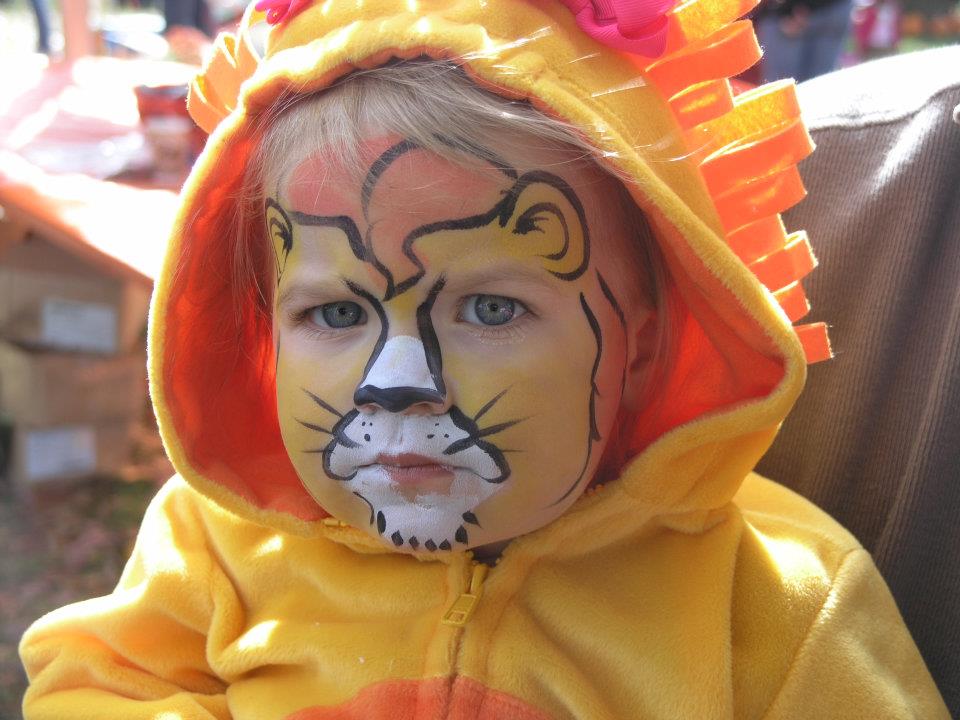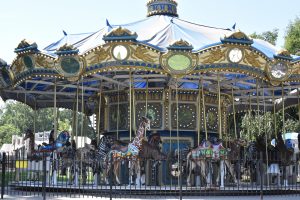The Giraffe House is currently closed for Kipi and her calf.
Alerts
They are not viewable at this time. Male giraffe Caesar and okapi Askari can still be seen in their outdoor habitats.
 Animals by Type
Animals by Type
- All
- Mammals
- Birds
- Reptiles & Amphibians
 Species Status
Species Status
- All
- Least Concern
- Near Threatened
- Vulnerable
- Endangered
- Critically Endangered
- Domesticated
- Animal/Exhibits Amenities Food
- Change Animal Filters
- Customize Map Info
African Journey
Upcoming Events
Elephant Keeper Chat
African Journey Keeper Chat
Penguin Feeding
Chimpanzee Keeper Chat
African Watering Hole Keeper Chat
Penguin Keeper Chat
Bald Eagle
haliaeetus leucocephalus


The bald eagle is bold, fierce, and iconic, but it is not really bald. It has a conspicuous white head that is fully feathered!
Quick Facts
RANGE
United States, Canada, Northern Mexico
STATUS
Least Concern
DIET
Carnivore - Fish, mammals, birds, crustaceans, reptiles, amphibians, carrion
ACTIVE
Diurnal
LIFESPAN
Up to 28 yrs
OFFSPRING
1-3 eggs per clutch
LENGTH
28‑38 in (71‑96 cm)
Wingspan: 168‑244 cm
WEIGHT
2.5‑6.3 kg
Bobcat
lynx rufus


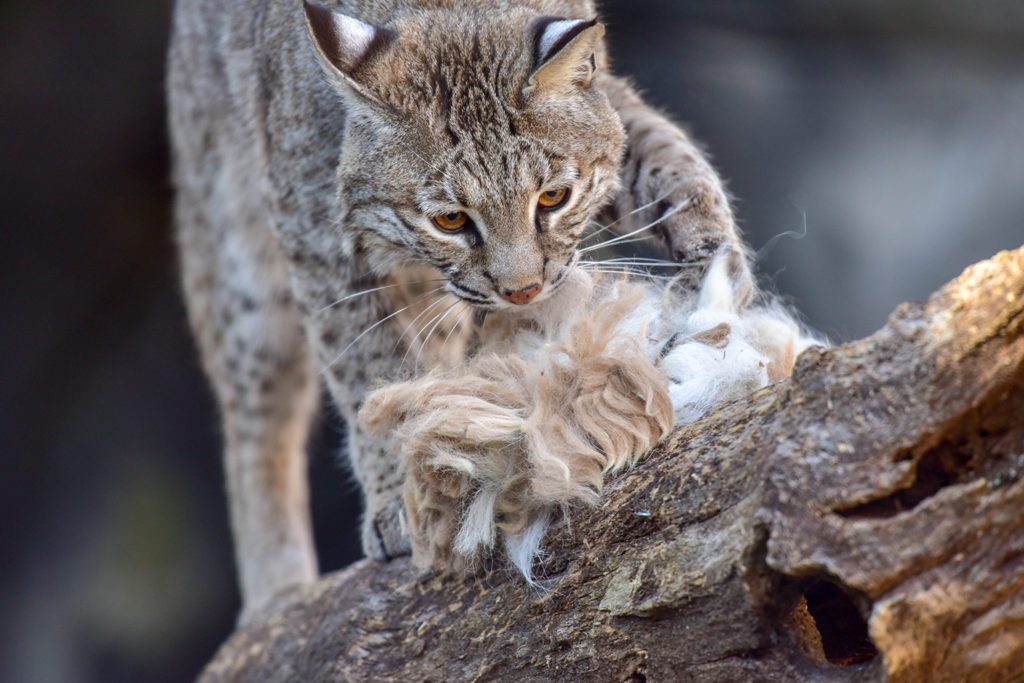
About twice the size of a domestic housecat, the bobcat is a fearsome predator capable of taking down prey ten times its size.
Quick Facts
RANGE
North America
STATUS
Least Concern
DIET
Carnivore - Rabbits, squirrels, and other small-to-medium prey
ACTIVE
Nocturnal
LIFESPAN
About 18 years
OFFSPRING
2-4 kittens/litter average
LENGTH
26‑41 in
WEIGHT
20‑30lbs on average
Upcomings Events
Maryland Wilderness Keeper Chat
Related Materials
Cheetah
acinonyx jubatus
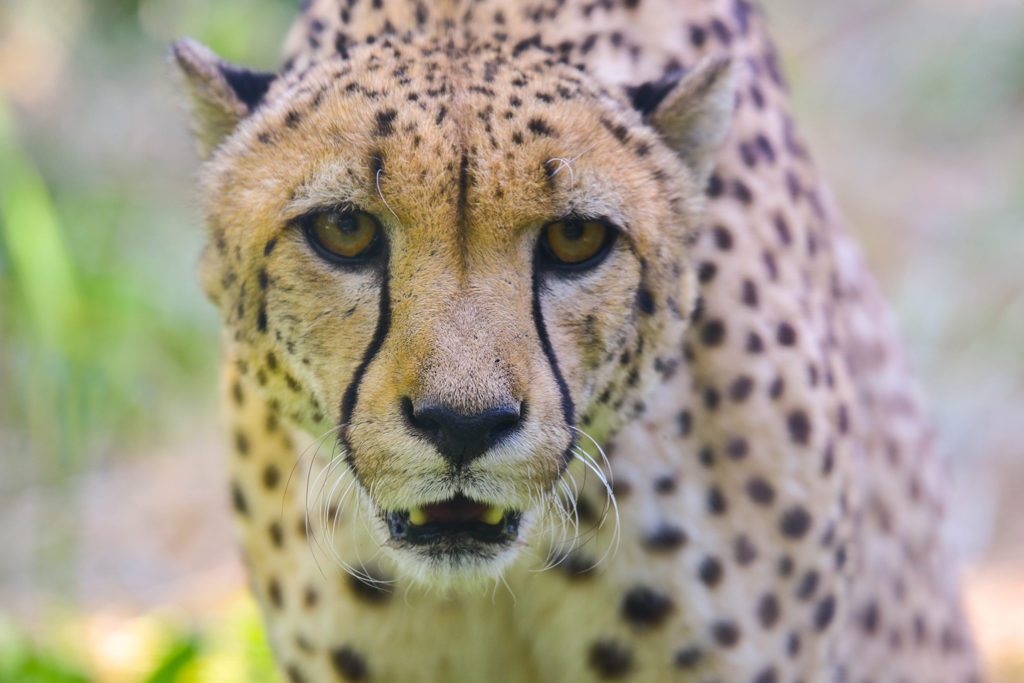
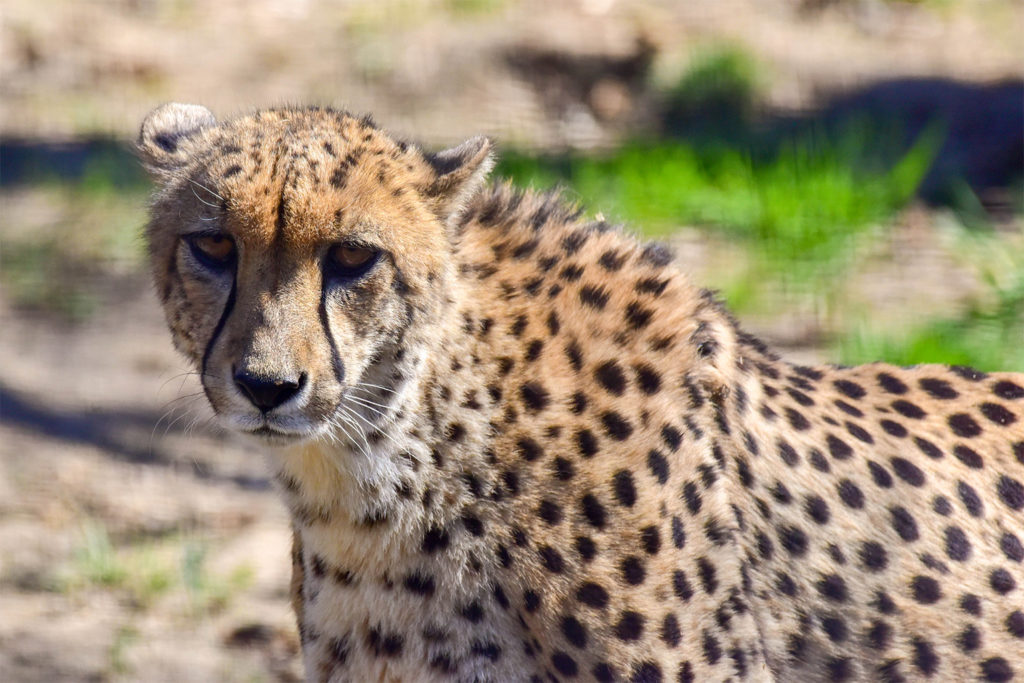
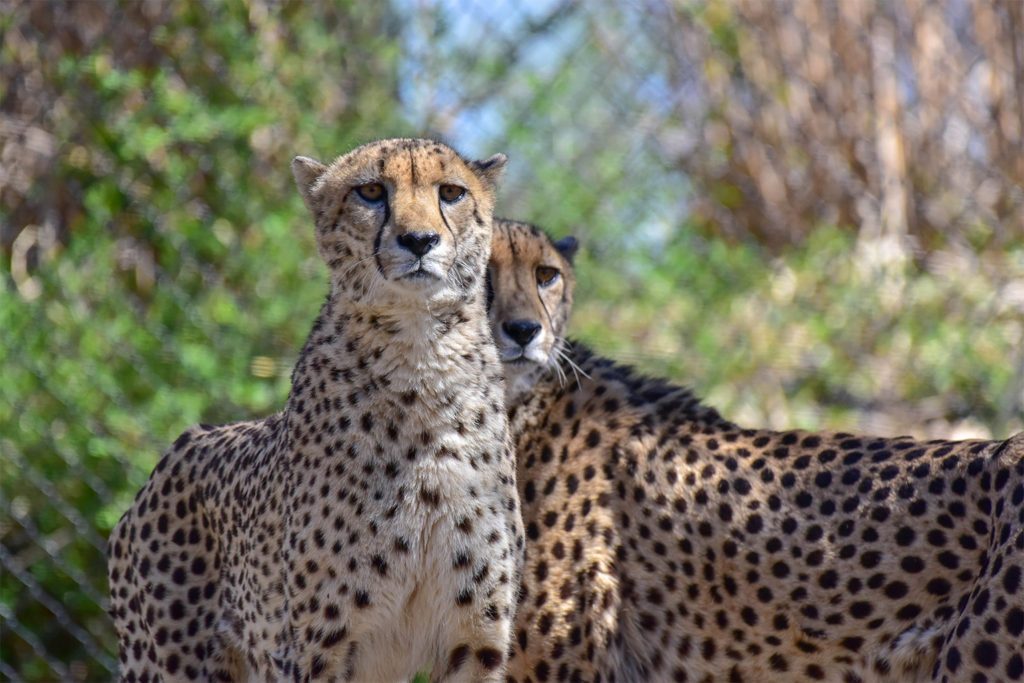
The cheetah is the fastest mammal on earth. Everything about it is built for speed. During a twenty-second chase, its feet barely touch the ground as it reaches a top speed of 70 mph.
Quick Facts
RANGE
Isolated populations in sub-Saharan Africa, mainly Eastern and Southern
STATUS
Vulnerable
DIET
Carnivore - Small to medium sized ungulates, birds, hares, small mammals
ACTIVE
Diurnal
LIFESPAN
10‑16 yrs
OFFSPRING
1-8 per litter
LENGTH
44‑59 in (112‑150 cm)
WEIGHT
77‑158 lbs (35‑72 kg)
Related Materials
African Slender-snouted Crocodile
mecistops cataphractus
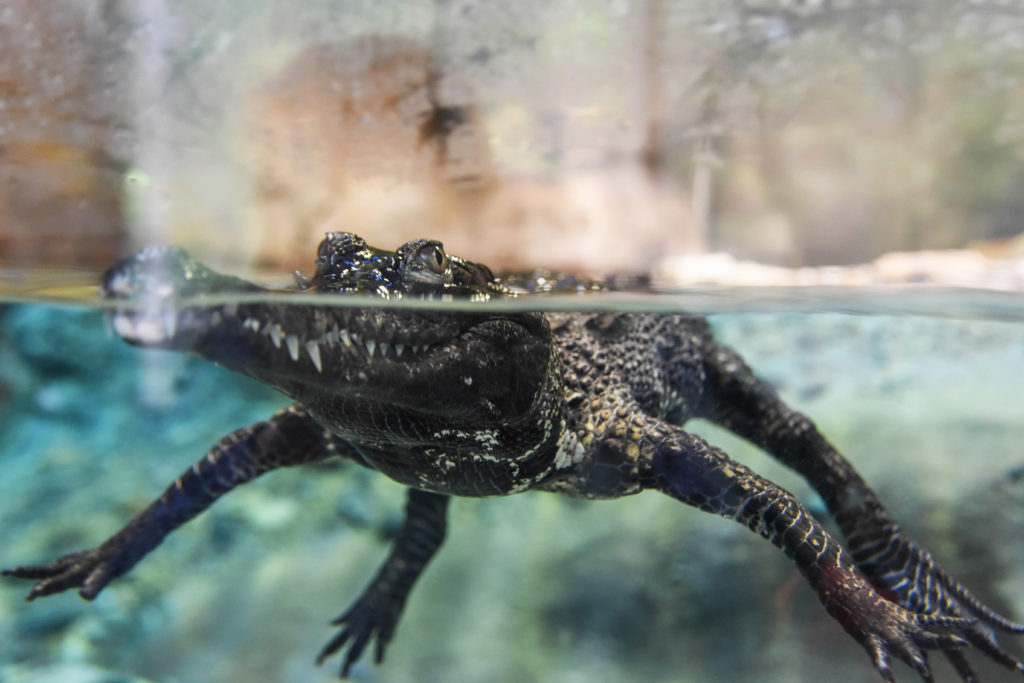
Slender-snouted crocodiles are among the least studied and least known of the 24 crocodilian species, which include all alligators and crocodiles.
Quick Facts
RANGE
Central and West Africa, from Mauritania and Senegal to North Angola east to Zaire, Zambia, and East
STATUS
Critically Endangered
DIET
Carnivore - Insects, crabs, fish, frogs
ACTIVE
Diurnal
LIFESPAN
40 years or more
OFFSPRING
13-27 eggs per clutch
LENGTH
10‑13 ft (2.5‑4.2 m)
WEIGHT
275‑716 lbs (125‑325 kg)
Related Materials
Blue Duiker
philantomba monticola
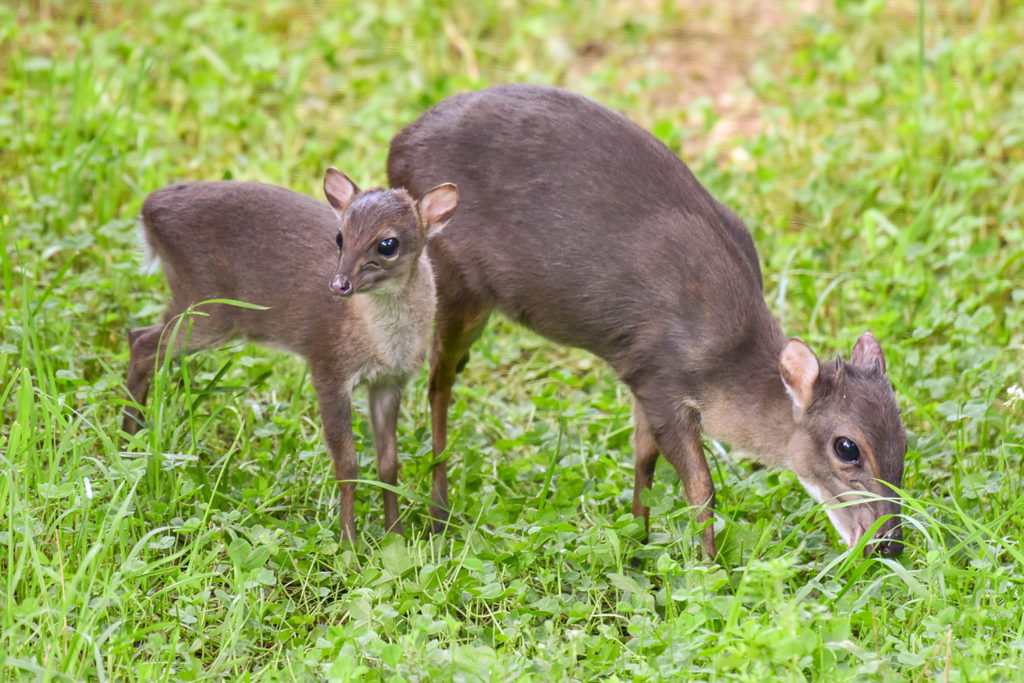

The blue duiker is a tiny antelope about the size of a house cat.
Quick Facts
RANGE
Central and Southern Africa
STATUS
Least Concern
DIET
Omnivore - Fruit, leaves, flowers, fungi, seeds, some insects and small animals
ACTIVE
Crepuscular
LIFESPAN
Up to 10 yrs
OFFSPRING
Single offspring
LENGTH
1.8‑3 ft (55‑90 cm)
WEIGHT
8‑20 lbs (3.5‑9 kg)
Related Materials
African Savanna Elephant
loxodonta africana


African elephants are the largest land animals in the world. They have the largest brains in the animal kingdom and the largest among them can top 15,000 pounds–more than four times the weight of the average car!
Quick Facts
RANGE
Central and East Africa, south of the Sahara
STATUS
Endangered
DIET
Herbivore - Grasses, leaves, branches, roots, fruits, tree bark
ACTIVE
Diurnal
LIFESPAN
About 38 years
OFFSPRING
Single young per birth (twins possible)
LENGTH
Male: Up to 12 ft (3‑75 m)
Female: Up to 9 ft (3 m)
WEIGHT
Male: Up to 14,000 lbs (6,350 kg)
Female: 9,000 lbs (4,082 kg)
Upcomings Events
Elephant Keeper Chat
Related Materials
Caribbean Flamingo
pheonicopterus ruber ruber

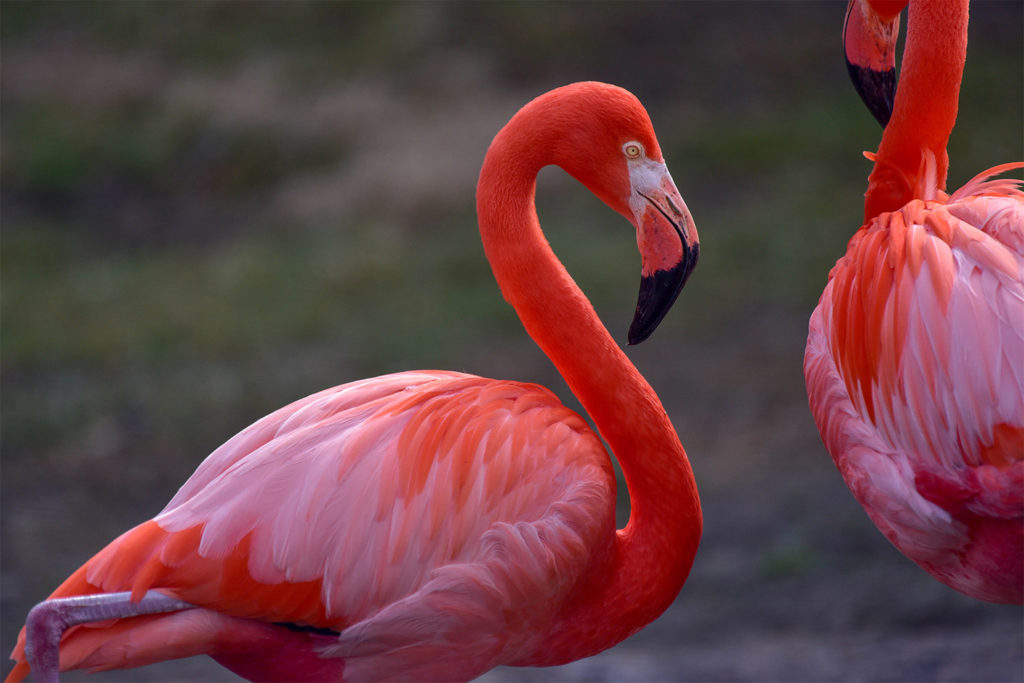

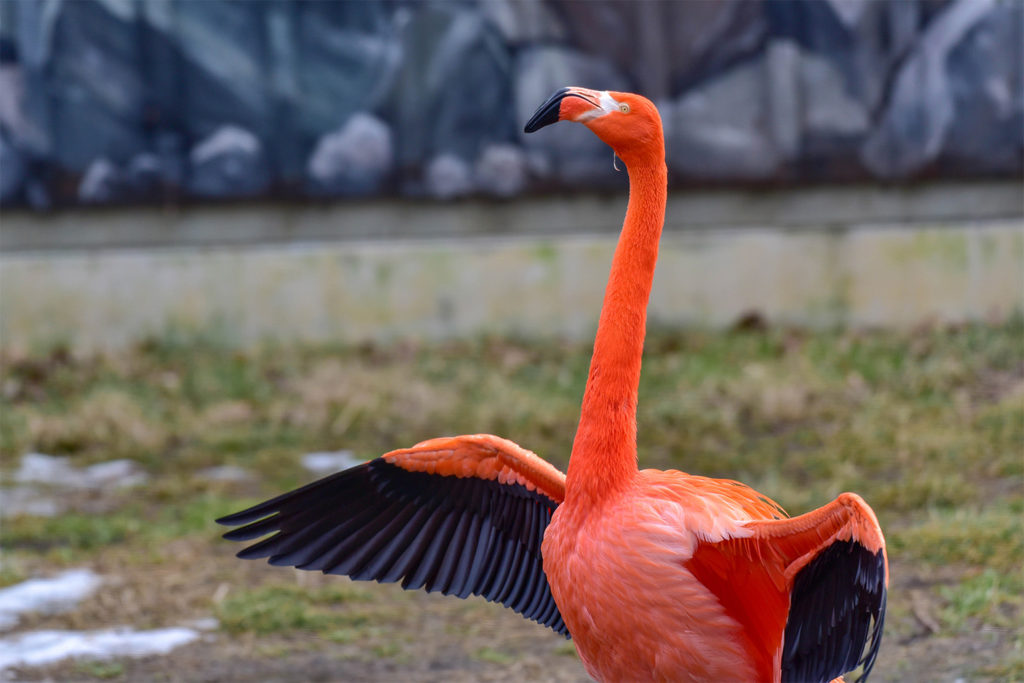
Also known as the American flamingo, the tall, slender, scarlet Caribbean flamingo is the most brightly colored and among the largest of the world’s six flamingo species.
Quick Facts
RANGE
Islands and mainland coasts of the Caribbean Sea
STATUS
Least Concern
DIET
Omnivore - Small shellfish, fish, worms, insects, algae, aquatic seeds and plants
ACTIVE
Diurnal - Nocturnal
LIFESPAN
Up to 40 years
OFFSPRING
1-2 eggs per clutch
LENGTH
Body: 47‑57 in (120‑145 cm)
Wingspan: 55 in (140 cm)
WEIGHT
4.8‑6.1 lbs (2.2‑2.8 kg)
Related Materials
Reticulated Giraffe
giraffa camelopardalis reticulata

The giraffe is the tallest animal on earth. A male giraffe towers up to nineteen feet above the ground.
Quick Facts
RANGE
Eastern, Central and Southern Africa
STATUS
Vulnerable
DIET
Herbivore - Leaves
ACTIVE
Diurnal
LIFESPAN
In human care: Up to 25 yrs
Wild: 10‑16 yrs
OFFSPRING
Single young per birth (twins are extremely rare)
LENGTH
Male: 18 ft (5.5m) tall
Female: 14‑15 ft (4‑4.5 m) tall
WEIGHT
Male: 2,425 lbs (1,100 kg)
Female: 1,540 lbs (700 kg)













